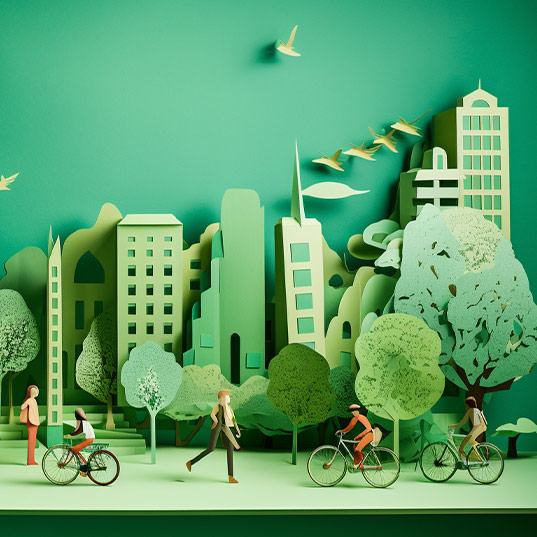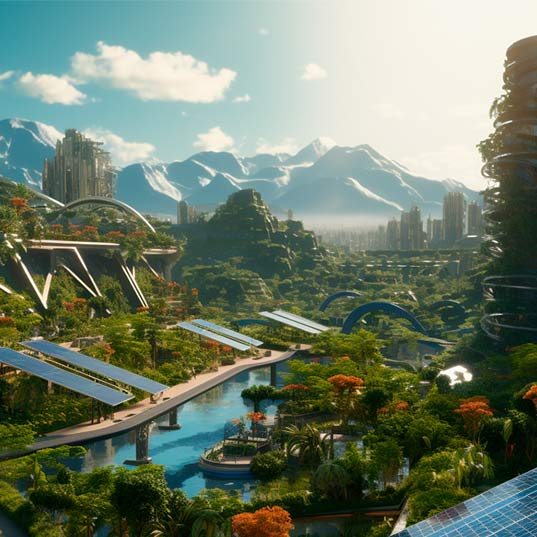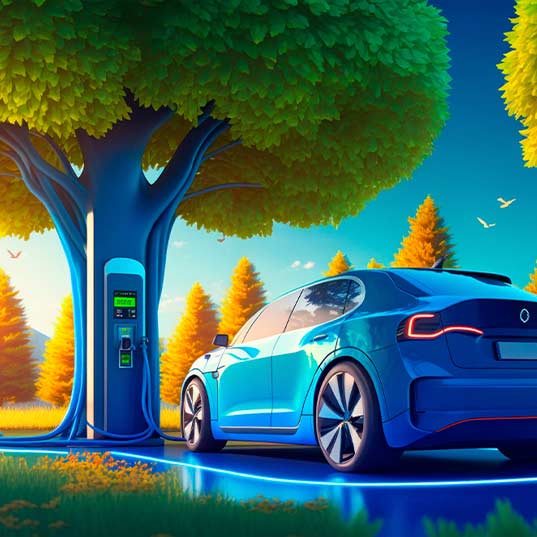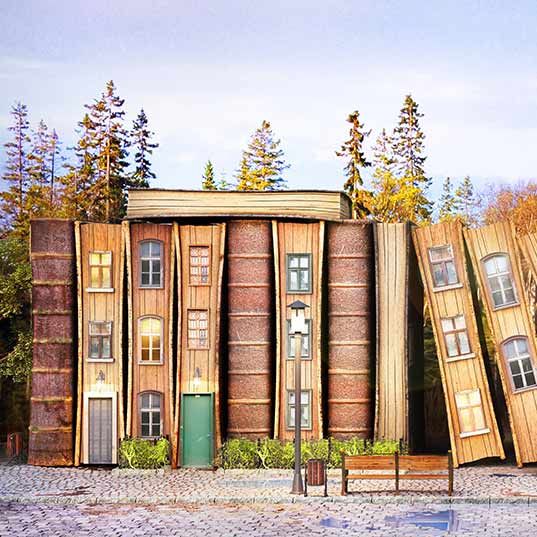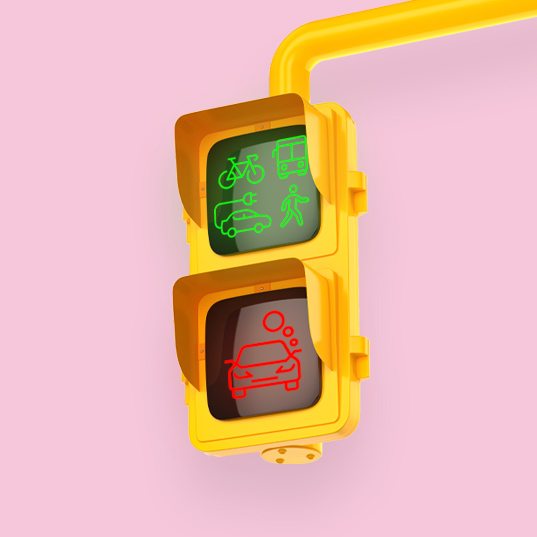The future of sustainable mobility is already here
The shift in the transportation model relies on clean fuels, electricity from renewable sources and, in short, sustainable, innovative and intelligent mobility
Neither flying ships nor teleportation. The future of mobility is a far cry from what is depicted in the movies. However, reality can surpass fiction when it comes to sustainability. The shift in the transportation model relies on clean fuels, electricity from renewable sources and, in short, sustainable, innovative and intelligent mobility.
Why do we need sustainable mobility?
One of the biggest environmental challenges we face today is mobility. Transport is still responsible for 24% of direct CO2 emissions from fuel combustion, according to the International Energy Agency (IEA). Road vehicles account for almost three quarters of CO2 emissions, and those from aviation and maritime transport continue to increase.
The way we travel has an impact on economic sustainability, on the social cohesion of cities and, of course, on air quality. Sustainable mobility advocates a way of moving around that does not harm the environment through polluting emissions and meets the needs of citizens while taking care of the city's spaces.
The future of sustainable mobility
 We need a model change. A change that must go beyond prioritising public transport over private cars. We're talking about shared mobility (such as motosharing), about giving more space to bicycles and pedestrians, and transforming cities into more accessible places.
We need a model change. A change that must go beyond prioritising public transport over private cars. We're talking about shared mobility (such as motosharing), about giving more space to bicycles and pedestrians, and transforming cities into more accessible places.
Emission-free transport
Of course, for transportation to be sustainable, it must promote zero-emission vehicles, either powered by electric batteries or green hydrogen fuel cells. To achieve this, plans such as that of the European Union, which aims to install at least 1 million recharging points for this type of vehicles by 2030, will be essential.
In addition, it will be necessary to promote sustainable fuels for air transport. The EU has pushed ahead with the Single European Sky plan, which will help to cut air transport emissions down by 10%.
This is also the case for maritime transportation. The latest example of this trend is the Zeabuz ferry, a small autonomous electric-powered ship being developed in Norway.
Innovation as an allí against traffic jams
In a traffic jam, not only time is lost, but also health. People's health and that of the planet. Fortunately, we can imagine a future where traffic jams are less and less frequent. All thanks, of course, to innovation.
Digitalisation will play a key role here. Automated mobility and intelligent traffic management systems will make transport more efficient and less polluting. For example, they will make it possible to predict traffic jams and manage the demand for shared mobility vehicles.
Be it by bicycle, scooter or motorbike. More and more cities are offering this service to their citizens: shared electric vehicles that do not emit any polluting gases locally. A truly sustainable option if the electricity that drives their engines comes from renewable energies.
According to an MIT study on the benefits of shared mobility, it could also reduce parking spaces in cities by 86%, freeing up public roads and radically rethinking how space is used.
Driving towards tomorrow
But what do we need first? A change of mentality. We need to move towards a model where private car transport gives way to more sustainable options. And we need to do this by raising awareness of the role of mobility in climate change.
That is the purpose of EXTREME E, the electric off-road vehicle championship, in which the ACCIONA | Sainz XE Team is taking part. It's a competition that takes place in five locations affected by climate change with the aim of providing visibility to this problem.
The truth is that we still have a long way to go in order to achieve a sustainable transportation model that connects people without harming the environment. But the race to achieve this goal has already begun. An objective that we can make concrete in Sustainable Development Goal 11: to achieve inclusive, safe, resilient and sustainable spaces.


